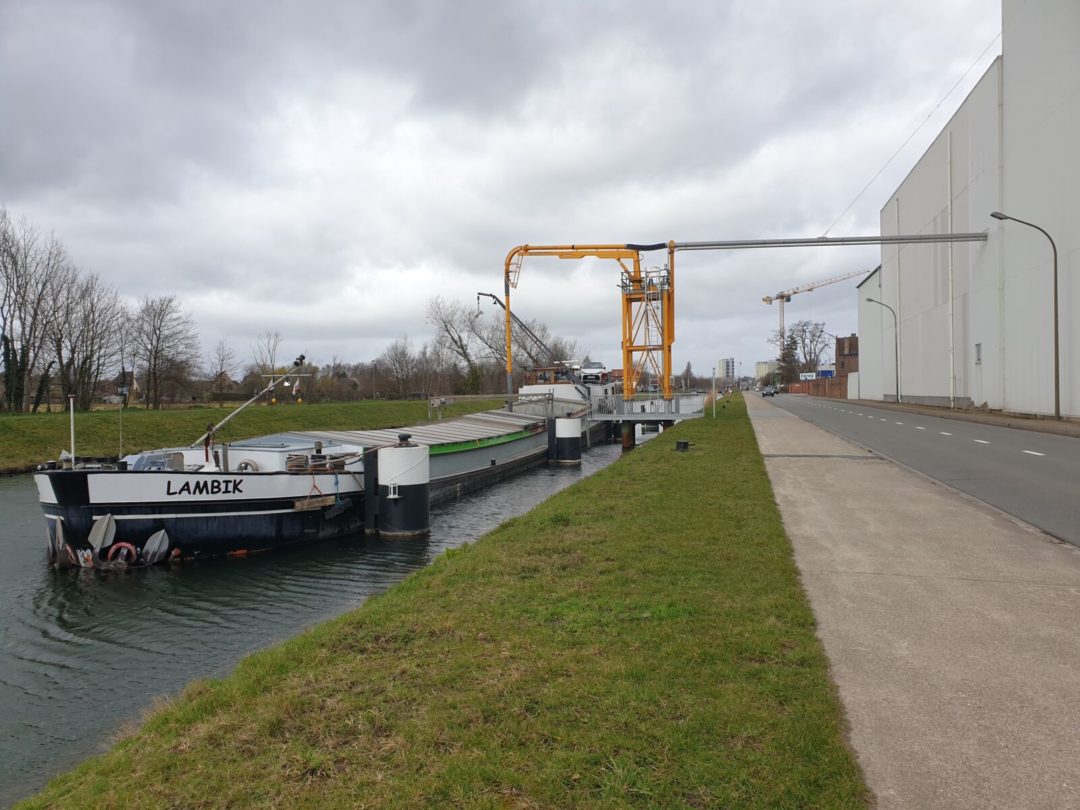“At BENEO, we are always looking to improve our environmental performance,” said Roland Vanhoegaerden, Operations Managing Director, Specialty Rice Ingredients, Beneo, in the press release. “We are deeply committed to caring for people and planet in whatever ways we can, whether through raw material valorisation or driving ongoing reductions in energy and water consumption as well as CO2 emissions. Our inland waterways transportation expansion program feeds into this and demonstrates how sustainability and efficiency goals can be mutually compatible.”
Currently, one-third of the company’s cargo is transported by barge; the rest of the rice processed by the Wijgmaal plant traveled 199 miles to and from the ports by road. The reason for this split: a small docking station, which could only accept one barge, and a three-day unloading period. Beneo has invested in higher capacity unloading equipment and a joint project with De Vlaamse Waterweg nv (a Flemish government agency that manages the waterways in Flanders) to reconstruct the quay. The results: A 16-hour unloading period, and a docking station that can accept two barges.
Related: The COVID-19 Effect on Weight Management Aker BioMarine Launches 2030 Sustainability Goals Sensient Natural Ingredients Acquires Chili Production Facility
Road transport emits on average 115g of CO2 per ton-km2, the press release notes, whereas barge transport generates just 50g of CO2 per ton-km2. Doubling the volume of rice starch transported over water will halve the number of trips made by truck to and from Wijgmaal each year, resulting in a 20% annual reduction in CO2 emissions generated by the transport of rice. The factory is in the middle of an urban area, the press release adds, meaning that reduced truck usage will lower congestion and noise levels in the neighborhood, as well.Moreover, this dovetails with production expansion plans for the plant. A 50 million Euro investment will increase production capacity by 50% by March 2022, in order to meet demand due to natural and clean label trends. Within three to four years, the company expects volumes to reach a level that will necessitate a third barge to transport raw materials.
“To ensure supply security, we want to maintain a multi-modal logistics model rather than relying solely on a single mode of transportation, but our aim is to increase water transportation in the mix in as far as we can,” said Vanhoegaerden. “Barge might be one of the oldest ways of transporting freight inland, but it is one of the most reliable, cost-effective and sustainable.”










